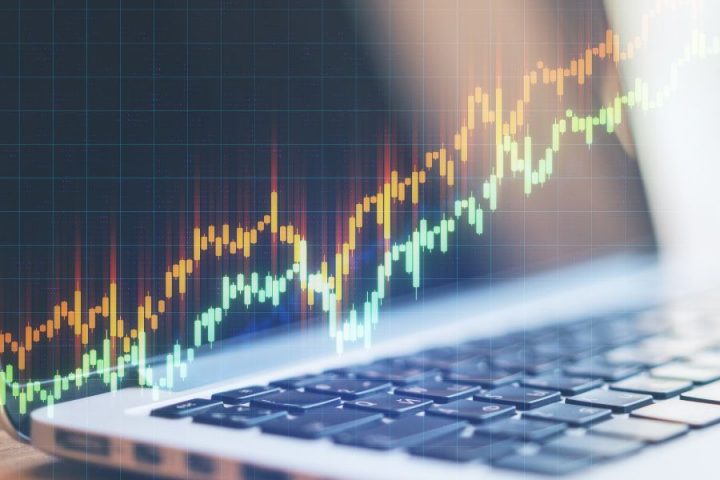A forex pricing model involves a currency pair, and when you trade currencies, you buy and sell the same currency. For example, if you buy a euro and sell a dollar, the euro’s value will rise and the dollar’s value will decrease. If you aren’t careful, you could lose all your money.
Bollinger tool
The Bollinger tool is one of the most popular technical indicators in the forex market. It is used to measure volatility in the market and identify overbought and oversold conditions. The bands are used in conjunction with other indicators, such as moving averages, to help traders understand relative price movements.
It is based on the concept of moving averages and standard deviations, which helps traders analyze price trends. While this tool is useful for identifying trends, it is not a substitute for a sound trading strategy. You should be careful when applying it, as it isn’t always accurate. If you’re using it as a trading tool, make sure you’re following risk management controls.
Momentum indicators
Momentum indicators are a key part of any forex trading strategy. They can help traders predict price moves and confirm the trend. Using these indicators in conjunction with other tools is a great way to improve your trading skills. However, they should never be used in isolation. They are best used in conjunction with other indicators, patterns of recognition, and indicative levels of strength and resistance.
A common mistake that beginner traders make is to over-rely on momentum indicators. While they are valuable tools, they should be used sparingly. Consider the following scenario: Price has just started a new leg, and the momentum indicator has shown positive results. The trader would then check the volume indicator and news to determine whether the momentum indicator is accurate.
GBM
The GBM forex pricing model is a statistical model that simulates price movement and volatility in the foreign currency market. It uses AR(p)-GARCH(1,1) processes to generate simulated returns. In the GBM, half of the average spread is subtracted from the price process to calculate the simulated bid and ask prices. Several other time series models exist that are more sophisticated than GBM.
The GBM model is a stochastic process and is widely used in economic and financial modeling. This model can be applied to price simulations and has several interesting special topics. The math behind this model is not complicated. It is not difficult to understand, even if you don’t have much of a background. You may skip a few equations if you’re not comfortable with them.
LPPL
The LPPL forex pricing model is a well-established and widely used model that uses interest rates, spreads, and short-term volatility to price currencies. The model has a weak correlation with historical volatility. As a result, it is not suitable for all trading environments. The model has several strengths and weaknesses.
One of its main weaknesses is that it does not take the effect of VIX into account. Although this impact is large, the model can be modified to include it.
Dutch Auction System
A major downside of the Dutch Auction System is that investors of all stripes may not conduct the same level of analysis as investment bankers, and this might not accurately reflect a company’s prospects. There is also the issue of the “winner’s curse,” in which investors realize they’ve overbid a stock and try to unload it, causing the price to crash.
A Dutch auction differs from the traditional auction market, where the price starts low and rises as bidders compete for it. It has been used successfully in Africa where there were foreign exchange controls, yet the exchange rate was left to the forces of supply and demand. In these environments, the auction system has been shown to stabilize prices and re-establish market confidence in the local economy.
Interbank market
There are two primary types of platforms used by interbank dealers. One is known as Reuters Dealing and the other is known as the Electronic Brokerage Service. These platforms are largely unregulated and are used to settle trades between banks. Both types of platforms have different functions. However, they have some similarities.
Interbank trading involves large financial institutions trading currency with each other. It also involves traders from trading firms and hedge funds. The main purpose of this market is to provide liquidity to the other participants in the forex market. It also aims to collect information from the flow of money. Participants in this market include large financial institutions, both directly and through electronic platforms. Some of these platforms connect more than 1,000 banks.
